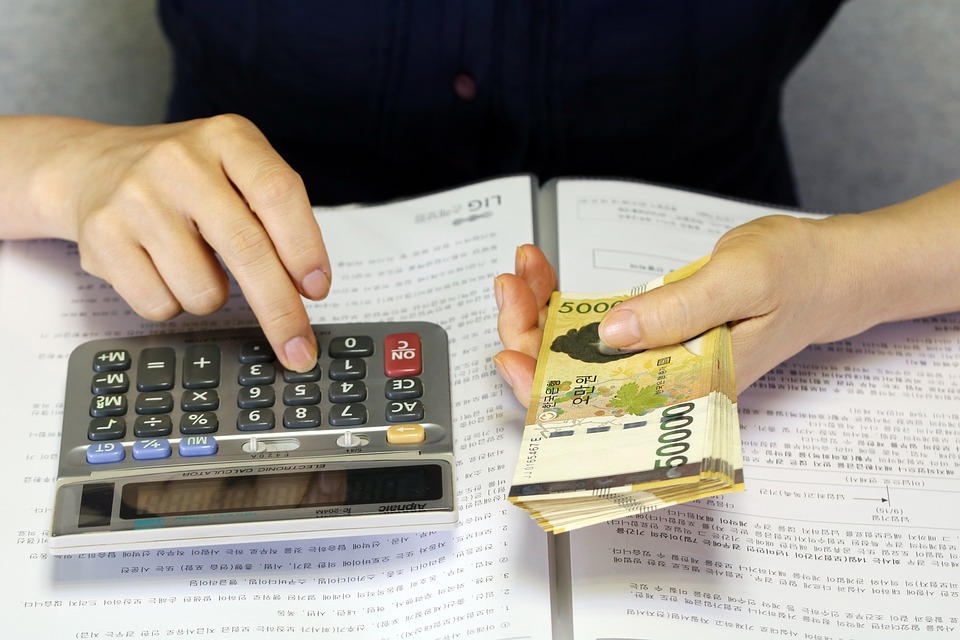Water is a necessity for all forms of life. This makes water payments an unavoidable and necessary expense. Still, though, many are unaware that their water bills are unnecessarily high considering the needs of their families. If you are tired of paying a high water bill, no matter how often it arrives, you are not alone. Here are a few pitfalls to stay way from to reduce your water bill monthly.
1- Leaks
An easy way to literally hemorrhage money is to have a leak somewhere in the house. Leaks may not seem like a big deal while they are happening, but those drips can easily add up. It only takes about 4,000 drips to waste a liter of water and 15,140 drips to waste a gallon. If that seems far off, use this calculator; one faucet dripping once every three seconds wastes one gallon a day!
Another sneaky leak that could be costing you monthly is a leaky toilet. Though it’s harder to spot, a leaky toilet allows extra water to drip from the tank into the bowl. This can waste thousands of gallons of water yearly, causing your water bill to be consistently higher than necessary. An easy way to detect a toilet leak is to listen. If your toilet continues to make noise after you flush it, it probably has a leak. Another method is to put food coloring in the tank water. If the water in the toilet bowl is also colored after a little while, you have a leak.
2- Wasteful Personal Habits
How you go about using water in your day to day life has a huge impact on your overall water bill. Avoiding wasting water while showering, shaving, and brushing your teeth, for example, are great ways to save on your water bill. If you find that you take long showers, think about how much water you are really using. An average shower uses about 2.5 gallons of water per minute. If an entire family of four shortened their showers by two minutes, that would total a savings of 20 gallons of water per day. Consider turning off the water when brushing your teeth and shaving as well. This is simply water wasted since you are not actively using it. Consider filling the sink with water while shaving and only turning on the water to rinse when brushing your teeth.
3- Not Being Mindful of the Laundry
Washing clothes is one of the top water wasters in most households. While doing laundry is unavoidable, there are a few ways to avoid inflating your water bill in the process.
- Try hand washing delicate items. This can be done in a full sink or laundry tub to avoid running the water.
- Only wash full loads. Wait until the washer is nearly full to wash. One big load uses less water than several small loads
- Only wash when it is necessary. Every item of clothing does not need to be washed as soon as it is worn. See if any of your laundry items can be reused a few more times before hitting the washer.
4- Not Having a Trusted Plumber
As easy as it may seem to DIY plumbing work, most of the time it costs more in the long term than hiring a professional. Seasoned plumbers have knowledge that goes beyond fixing any water related issues in the home. Plumbers have industry knowledge that can help you find the best water saving appliances for your home (more on that later). If you are in the Brisbane area, Brisbane North Plumbing is an excellent resource to use to help you save.
5- Not Investing in Water Saving Technology
While it may take a bit of a startup investment, if it is possible, consider upgrading your appliances to water savers. These can range from toilets and washing machines to shower heads and sink faucets. Pennsylvania State has an interesting worksheet to help you see the potential savings you can have by installing water smart appliances. If you need guidance about which appliances to purchase, seek the advice of a professional, like a plumber.
6- Not Use Water Saving Hacks
Sometimes making simple changes around the house can help you save gallons of water over time. Even if you cannot afford to purchase new appliances, there are a few simple “hacks” you can use to save money on your water bill each month.
- Use reusable ice cubes.
- Put a pop bottle full of water in the toilet tank.
- Buy plants that don’t need much water.
- Wash your dishes in a full dishwasher instead of hand washing.
- Use old water- from pet bowls or boiled eggs, for example- to water plants.
7- Not Taking Advantage of “Free Water”
Did you know there is free water all around you? Believe it or not, there are ways you can use this “free” water instead of running up your water bill at home. If you keep an empty reusable water bottle, for example, you would be surprised at the number of places that will allow you to drink water for free. The gym, the park, your job, and most restaurants are all sources of free drinking water at your disposal. If you work out at the gym, showering at the gym before you leave can save you water at home. Look out in your daily routine for opportunities to take advantage of free water.
Evaluate your current habits and resources to see where you need to improve. If you avoid these water pitfalls, your water bill will be lower in no time.
Featured Image

